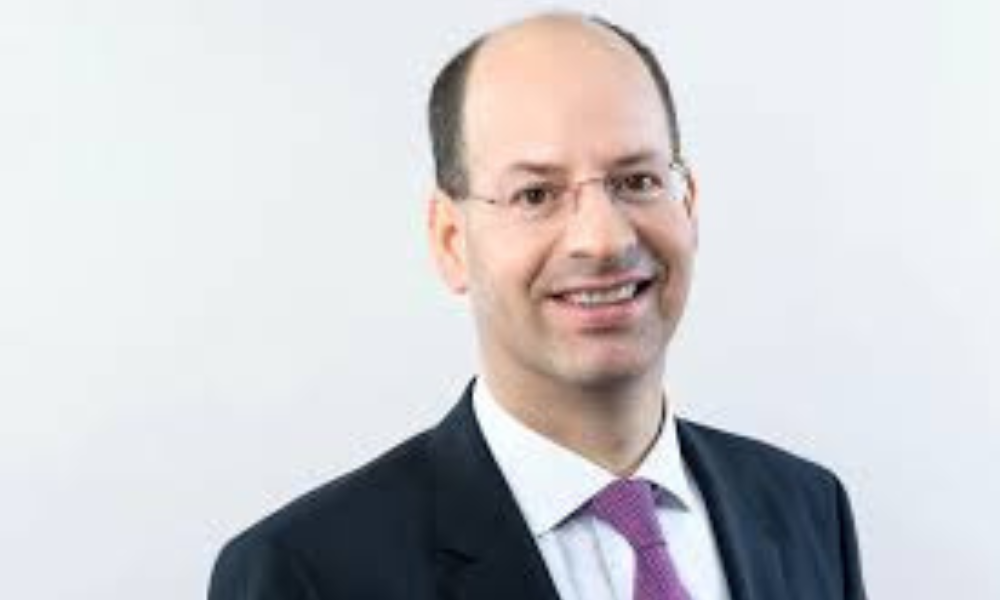Capital and alternative capital – Swiss Re on what’s happening in the market

Capital and alternative capital – Swiss Re on what’s happening in the market | Insurance Business New Zealand
Reinsurance
Capital and alternative capital – Swiss Re on what’s happening in the market
“Finally, capital has a positive return again”
Reinsurance
By
Mia Wallace
Sharing the key takeaways of the 56th iteration of Swiss Re Institute’s flagship ‘World Insurance Sigma Report’, Swiss Re’s chief global economist Jerome Haegeli (pictured) emphasized the downside risks of the market being priced to perfection, the cautionary tale of declaring an inflation victory too soon, and the impact of higher rates, which, he believes are here to stay.
However, perhaps the standout theme of his discussion was the focus on market capital.
Capital in the market – what’s happening?
Haegeli pointed to an underlying capital base supporting the industry’s future risk absorption capacity.
“Finally, capital has a positive return again and it’s also positive for profitability,” he said at a media dialogue on the report. “If you look at profitability and the cost of capital and return on equity, we see that, for G8 countries on average, 2024 is the first year where cost of capital is being met, on average with the return on equity.
“However, if you look across countries, it’s barely being met in the US, barely being met in the UK, and barely being met in Germany. The cost of capital in the US, the UK and Germany is still slightly higher than return on equity. So higher profitability needs to remain in place in order for the industry to build up capital to give the absorption capacity and the needed protection.”
Touching on what’s different with regards to the cost of the capital, he shared that the interest rate environment and sovereign bond yields now being back in positive territory is what the market was used to before the global financial crisis in 2008. That’s a good thing, he said, and a sign of a return to normality.
This has led to an increase in the cost of capital and, at the same time, an increase in the return on equity of insurance companies, with the return of investments surrounding yield on the asset side being higher now again. “I think that’s a very positive development, not just for the insurance players and the insurance industry, that you have the cost of capital and the return of equity almost in sync again,” he said.
Whether you’re talking about climate change or the increased severity of nat-cat losses, he said, it’s good to have a strong capital-based insurance industry. Addressing the concern that the industry has frequently allowed itself to drift below the cost of risk, and why it seems to be different this time around, Haegeli noted that there’s nothing the insurance industry can do about the risk-free rate it’s handed down by the Central Bank community.
When the risk-free rate was in negative territory, the market wasn’t able to function as it used to, he said, and now this financial repression is over, it’s a good thing because interest rates are positive again – which allows the industry to earn its cost of capital again, albeit not in all jurisdictions.
Alternative risk transfer solutions and alternative capital – what’s happening?
Haegeli was joined at the media session by Kera McDonald, chief underwriting officer at Swiss Re Corporate Solutions, who highlighted the role alternative risk transfer solutions are playing in helping clients mitigate the risks facing corporates today. These solutions are centered on clients fine-tuning how much of their risk they want to retain, she said, and how much they want to transfer to someone else’s balance sheet.
It’s also about what form they want to do that in, she said, whether it’s corporate captives, parametric solutions, or even access to alternative capital. That’s one of the things on the minds of the clients her team works with, as the global nature of today’s world means they need to embrace a truly seamless management of their risks with regards to risk mitigation and risk transfer.
“[That means] working together not only with the underwriting side of it, but the claims side as well, across all the various countries that they work in,” she said. “And this should be, and is, very much based on data-driven pricing and assessment, really digging into the data that we have out there in the industry today in order to best manage the risks that are out there and share our knowledge around those as well.”
With regards to how quickly the alternative capital sector will expand, particularly with regards to whether the Insurance-Linked Securities (ILS) market is poised to grow at the same rate of insured losses from natural disasters, McDonald pointed to the fact that the ILS market had its largest year ever last year, and is on track to beat that again this year. Without adding specifics around growth rates, she added: “It is very much an element of our industry that is here to stay and growing.”
Keep up with the latest news and events
Join our mailing list, it’s free!






